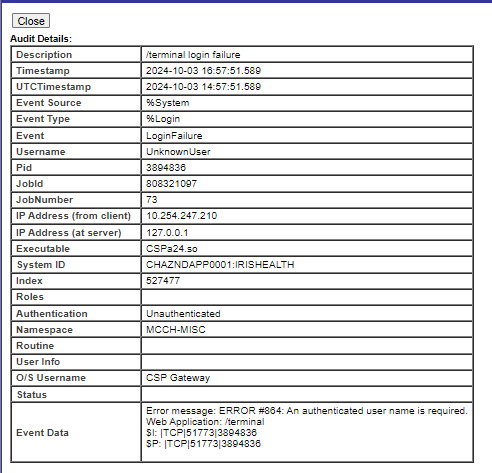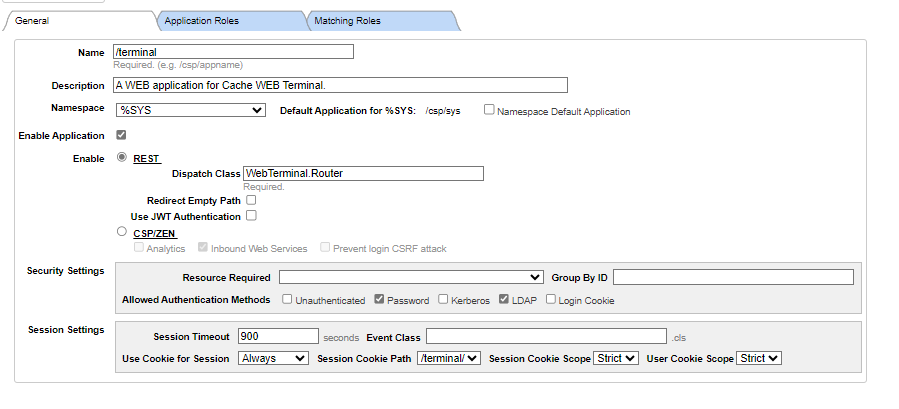Bonjour la Communauté,
Nous aimons tous coder, mais de temps en temps, il est temps de s'éloigner du code et de faire de l'exercice ! Le défi InterSystems Walking Challenge vous aidera à recharger vos batteries et à améliorer votre forme physique. Embarquez pour un voyage virtuel de Lübeck à Lunebourg le long de l'historique Route du sel, la légendaire route commerciale qui reliait l'Europe il y a des siècles.
Gagnez des prix passionnants comme des tapis de course, des montres connectées et des médailles.
👟🚶🧑🦼Enfilez vos chaussures, sortez et codez mieux ! 🔋💻💪
📅 Les inscriptions sont ouvertes jusqu'au 8 novembre. Le défi se termine le 22 novembre 2024 à 18 h CET
Vous voulez participer ? Détails ci-dessous.
.png)
Comment ça marche
Téléchargez l'application ou utilisez la version Web, saisissez le code de mission SupplyChain et démarrez votre voyage gratuitement, où vous voulez et à votre rythme. Vous pouvez vous joindre à nous en tant que marcheur, coureur ou cycliste. Il vous suffit de choisir dans l'application.
>> Si vous vous inscrivez un peu tard, vous pouvez charger rétrospectivement vos données depuis votre appareil. Pour ce faire, accédez aux paramètres de la mission et modifiez votre date de début :
.png)
Soyez actif sur notre classement et partagez vos hauts et vos bas pour garder tout le monde motivé et en mode défi !
Récompenses et prix
Le voyage est la récompense, mais il y a quand même des prix spéciaux pour les participants. Tous ceux qui terminent la Route du Sel sont récompensés par une médaille.
De plus, vous participerez à une compétition. L'objectif du classement est de terminer la Route du Sel le plus rapidement possible en marchant, en courant ou en fauteuil roulant. Le temps individuel de chacun sera mesuré et récompensé.
Les dix premiers participants avec le meilleur temps de finition peuvent gagner encore plus :
- 1ère place : APPLE Watch Series 10 GPS + Cellular 46 mm Smartwatch Aluminium Fluoroelastomer
- 2e - 10e place : Sportstech Laufband sWalk Plus 2-in-1
- 11e - 30e place : élégante bouteille d'eau
Les employés et les sous-traitants d'InterSystems sont invités à participer, mais ne seront pas éligibles pour gagner les prix principaux.
Instructions
- Rejoignez notre défi en cliquant simplement sur le bouton JOIN lorsque vous utilisez la version Web. Pour utiliser l'application, téléchargez l'application My Virtual Mission sur l'App Store d'Apple ou sur le Google Play Store. Après vous être inscrit avec vos informations, cliquez à nouveau sur le lien JOIN pour accéder à notre mission.
- Pour que chaque pas compte, vous devez synchroniser My Virtual Mission avec vos applications liées à la santé. Vous pouvez connecter une gamme de trackers de fitness tiers, notamment Apple Health, Google Fit, Under Armour, Garmin, FitBit, Strava et Adidas Running. Vous pouvez gérer vos connexions via l'application My Virtual Mission :
- Ouvrez l'application My Virtual Mission
- Depuis l'écran d'accueil, cliquez sur le menu en bas à droite de l'écran
- Cliquez sur « CONNECTIONS »
- Sélectionnez les trackers de fitness souhaités. Une fois que vous avez connecté votre tracker de fitness, accédez à la page de votre mission en sélectionnant « VIEW MISSION ». Sélectionnez « SETTINGS» dans le menu déroulant sur le côté droit. Vous pourrez alors mettre à jour vos préférences de publication pour notre mission de marche.
- Vous pouvez également publier manuellement les distances que vous avez parcourues : cliquez sur l'icône « + » en bas à gauche de la page de la mission. Cliquez sur « MANUALLY POST A DISTANCE » et saisissez toutes les informations ainsi qu'une photo comme preuve (par exemple, la distance parcourue sur le tapis roulant). Cependant, cela prendra un certain temps avant d'apparaître dans le classement.
Restez en forme et bonne chance !


.png)
.png)

